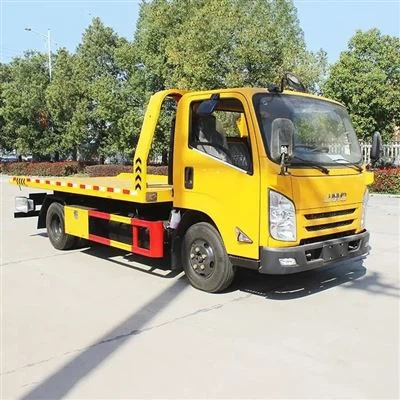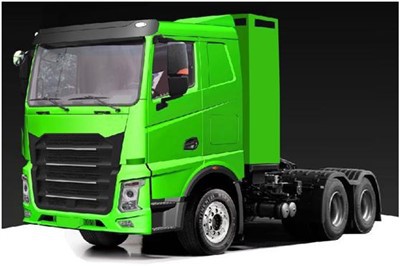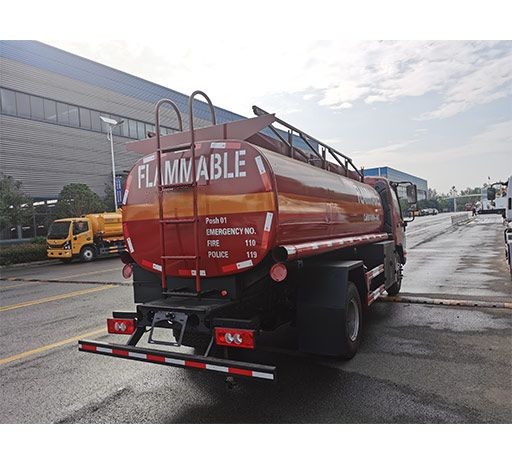Understanding Crew Cab: What Does Crew Cab Mean on a Truck?

When shopping for a pickup truck, one term that frequently comes up is “crew cab.” If you’re not familiar with truck terminology, you might wonder, “What does crew cab mean on a truck?” This comprehensive guide will help you understand what a crew cab is, how it differs from other cab styles, its advantages, and practical considerations for truck buyers.
The Basics of Truck Cab Styles
Understanding Truck Cabs
A truck cab refers to the section of the vehicle that houses the driver and passengers. It is an integral part of the truck’s design and affects factors like passenger capacity and comfort. There are several cab styles available, each catering to different needs and preferences.
Main Cab Types
- Regular Cab: This is the basic style with two doors and typically seats two to three people. It is known for its minimal interior space and is generally used for work trucks.
- Extended Cab: This type has extra space behind the front seats, often with small rear seats. It typically has four doors, but rear doors may be smaller.
- Crew Cab: The crew cab features full-sized four doors and offers ample seating for five to six passengers, making it a popular choice for families and work crews.
- Super Cab: This is often a term used interchangeably with extended cab in many brands and includes rear seating but is generally smaller than a full crew cab.
What Is a Crew Cab?
A crew cab is defined by its spacious interior that accommodates a larger number of passengers compared to other cab types. It typically features four full-sized doors and a back seat that can comfortably fit adult passengers. Crew cabs tend to have a lengthier wheelbase to support the larger cabin, resulting in enhanced stability.
Common Features of Crew Cabs
- Seating Capacity: Typically seats five to six people.
- Full-Sized Doors: Provides easier access to the rear seating area compared to extended or regular cabs.
- Spacious Cabin: More legroom and headroom for both front and rear passengers.
- Rear Storage Options: Some models include under-seat storage for tools or personal items.
Comparing Crew Cabs to Other Cab Types
Crew Cab vs. Regular Cab
| Feature | Crew Cab | Regular Cab |
|---|---|---|
| Seating Capacity | 5-6 | 2-3 |
| Door Configuration | 4 Full-Sized Doors | 2 Doors |
| Passenger Space | More Spacious | Minimal Space |
| Best Use | Families, Work Crews | Work Trucks |
Crew Cab vs. Extended Cab
| Feature | Crew Cab | Extended Cab |
|---|---|---|
| Seating Configuration | Full-Sized Rear Seats | Small Rear Seats |
| Rear Door Access | Full-Sized Doors | Smaller Rear Doors |
| Comfort Level | High Comfort | Less Comfortable |
| Best Use | Families, Group Transportation | Occasional Extra Passengers |
Advantages of Choosing a Crew Cab
Space and Comfort
The most significant advantage of a crew cab is the abundance of space it offers. Whether for work or family outings, the additional space ensures comfort for everyone. This is particularly beneficial for driving long distances or when doing heavy lifting for work.
Versatility
Crew cabs are incredibly versatile. They can be used for various purposes, ranging from family adventures to hauling loads for work. The spacious rear seats are beneficial for both passengers and extra gear.
Impressive Resale Value
Due to their popularity and practical features, crew cabs often hold a higher resale value than regular or extended cabs. Their demand in the used truck market can benefit those who plan to sell or trade in their vehicle down the road.
Enhanced Safety Features
Many newer crew cab models come equipped with advanced safety features and driver-assist technologies. The extra passenger space is generally accompanied by more safety measures, which is vital for family use.
Examples of Popular Crew Cab Models
- Ford F-150 Crew Cab: Known for its sturdy build and advanced features.
- Chevrolet Silverado Crew Cab: A family favorite offering comfort and capacity.
- Dodge Ram 1500 Crew Cab: Combines luxury and functionality.
- Toyota Tundra CrewMax: Offers a spacious interior with a reliable performance.
Practical Considerations When Buying a Crew Cab
Assessing Your Needs
Before purchasing a crew cab, it’s essential to assess your needs. Consider factors such as how many passengers you need to accommodate, if you require hauling capabilities, and what features are most important to you.

Budgeting for a Crew Cab
Crew cabs tend to be more expensive than their regular or extended counterparts. Ensure you have a realistic budget that considers both the purchase price and ongoing costs, such as fuel efficiency and insurance.
Test Driving

Always test drive various crew cab models to evaluate comfort, visibility, and driving experience. Pay attention to how easy it is to enter and exit the rear seats, as well as how the vehicle handles under different conditions.
Fuel Efficiency and Performance
Because crew cabs are larger, they may not always offer the best fuel efficiency. Review the performance ratings and select a model that balances size with fuel economy, particularly if you plan to use it regularly.
Customization and Features
Aftermarket Accessories
Many truck owners enjoy customizing their vehicles. From bed covers to upgraded sound systems, crew cabs offer various options. Consider what aftermarket accessories can enhance your crew cab experience further.
Common Features to Look For
- Infotainment Systems: Look for models with robust infotainment options featuring Bluetooth, navigation, and touch screens.
- Seating Materials: Consider your preference for fabric vs. leather seating.
- Safety Features: Features like rearview cameras, lane departure warnings, and parking assistance can provide added peace of mind.
Common Misconceptions About Crew Cabs
Myth: Crew Cabs Are Only for Families
While crew cabs are excellent for families, they are also great for businesses and contractors who need to transport teams. Their size and versatility allow them to adapt to various work settings efficiently.
Myth: All Crew Cabs Are the Same Size
Not all crew cabs are identical. Different manufacturers and models offer variances in interior space, bed length, and overall dimensions. Always compare specifications to find the right fit for your needs.
FAQs About Crew Cabs
What is the difference between a crew cab and a double cab?
A double cab typically refers to crew cabs offered by some manufacturers, like Toyota and GMC. The terms are often used interchangeably, though “crew cab” is generally more widely recognized.

How many people can fit in a crew cab?
Most crew cabs can seat five to six passengers comfortably, with full-sized rear seats that can accommodate adults.
Are crew cabs suitable for off-road driving?
Yes, many crew cab models are designed for off-road conditions and come with features such as four-wheel drive and reinforced suspensions. However, ensure to choose one specifically built for off-roading if that’s your primary use case.
Do crew cabs have good towing capacity?
Crew cabs typically have good towing capacity, particularly models designed for work. Always check the manufacturer’s towing specifications for accuracy based on the specific configuration you’re considering.
Are crew cabs more expensive than other cab types?
Generally, yes. Crew cabs tend to be pricier than regular and extended cabs due to their additional features and larger size. However, the investment may pay off in versatility and convenience.
Can crew cabs be used for work purposes?
Absolutely! Many contractors and tradespeople prefer crew cabs for their ability to transport teams and tools easily while still providing a comfortable ride for passengers.
